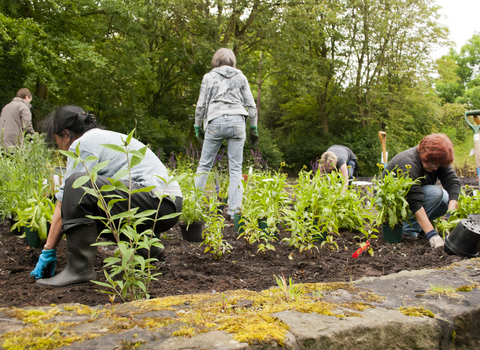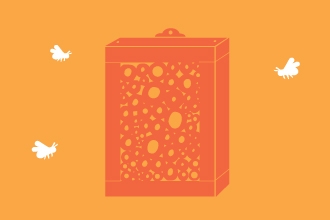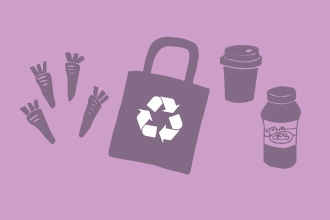Making your garden wildlife friendly
We’re passionate about encouraging people to make their gardens a little wilder – no matter how large or small your plot is. Learn how to encourage wildlife in your garden.
Check out our list of tips and advice below to see what visitors you get in your garden!
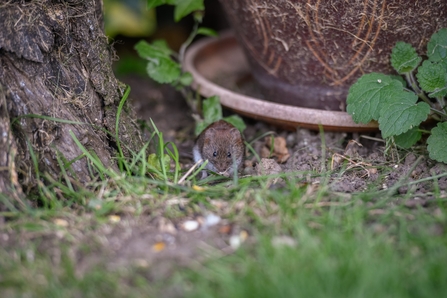
Bank vole by Sarah Davison
Making your garden wildlife-friendly is one of the most positive contributions you can make to the environment – and the rewards are great. As well as being entertained by the fascinating goings-on of the natural world, you will also be introducing a trusty army of soldiers into your garden to feast on any pests that attack your plants.
We have come up with a list of 15 things you can do to attract wildlife in your garden - see how many you can tick off:
-
Wildlife pond – creating a pond is one of the best things you can do for wildlife. It will attract a huge range of insects and creatures such as frogs. Birds and mammals will also drink from it. To make it wildlife friendly, ensure the sides are sloping and don’t keep any ornamental fish, such as goldfish, in it.
-
Log or rock pile – a pile of sticks and logs in a quiet shady corner will soon turn into a hotel for insects and amphibians and will offer food and shelter for mammals and birds.
-
Habitat box – a bird or bug box will encourage wild creatures to set up home in your garden.
-
Small animal shelter – provide a box or shelter for bats, voles, mice or hedgehogs.
-
Bird food – a mixture of seeds, nuts and fatty scraps are a magnet for birds and help them survive the colder months when natural food is scarce.
-
Drinking water for birds – water is as important as food – for drinking and bathing.
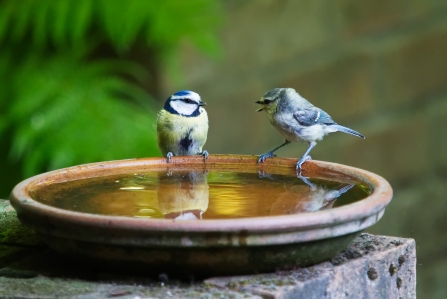
7. Long grass or native wildflower area – a patch of long grass or native wildflowers in a quiet corner will quickly be inhabited by wildlife.
8. Compost heap – an eco-friendly way of disposing of organic waste, creating your own compost and providing a habitat for wildlife such as toads.
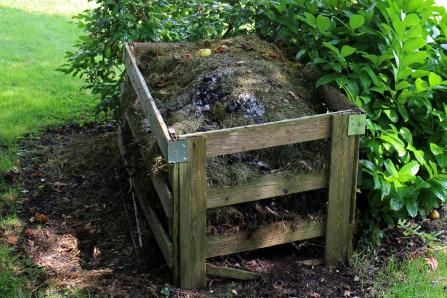
9. Slug pellet free – avoid using pellets in your garden as they can be harmful to other creatures that digest them.
10. Bog or permanently wet area – a good way to use a naturally waterlogged area. Wildlife-friendly bog plants include purple loosestrife, lady’s smock, marsh marigold, water forget-me-not and hemp agrimony.
11. Native tree or hedge – will provide habitats, shelter and food for wildlife. Good examples include oak, hawthorn, holly, crab apple and rowan.
12. Climbing plants – ideal if you haven’t get space for a tree or hedge. Ivy has much wildlife value, providing food and a place for shelter, nesting, roosting and hibernating.
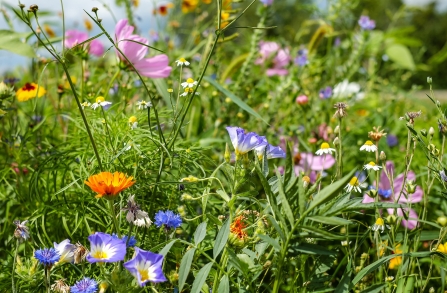
13. Insect-friendly planting – plant some nectar-rich plants for butterflies, bees and other insects. Examples include buddleia, marjoram, angelica, dill and pot and French marigold
14. Bird-friendly planting – Berry and seed bearing plants, such as teasel, sunflowers, cotoneaster and mahonia, will provide food for birds.
15. Patch of nettles – if you have a nettle patch in your garden don’t dig it up – it is like a five-star hotel for ladybirds, bees and butterflies.
More ways to support wildlife
Check out our illustrated list of small actions you can do to make a big difference to wildlife at Actions | Staffordshire Wildlife Trust

Support wildlife beyond your garden
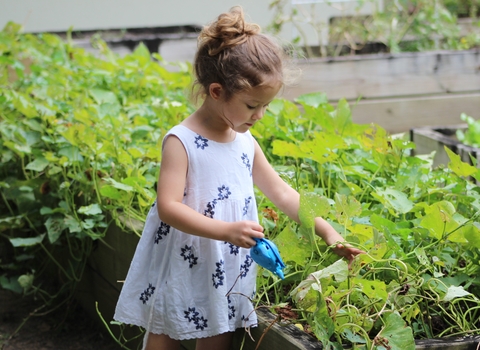
Family friendly gardening
Use gardening to teach your little one the importance of making your patch a wildlife friendly space. Delve into our activity sheets below for ideas of easy things you can do together.

